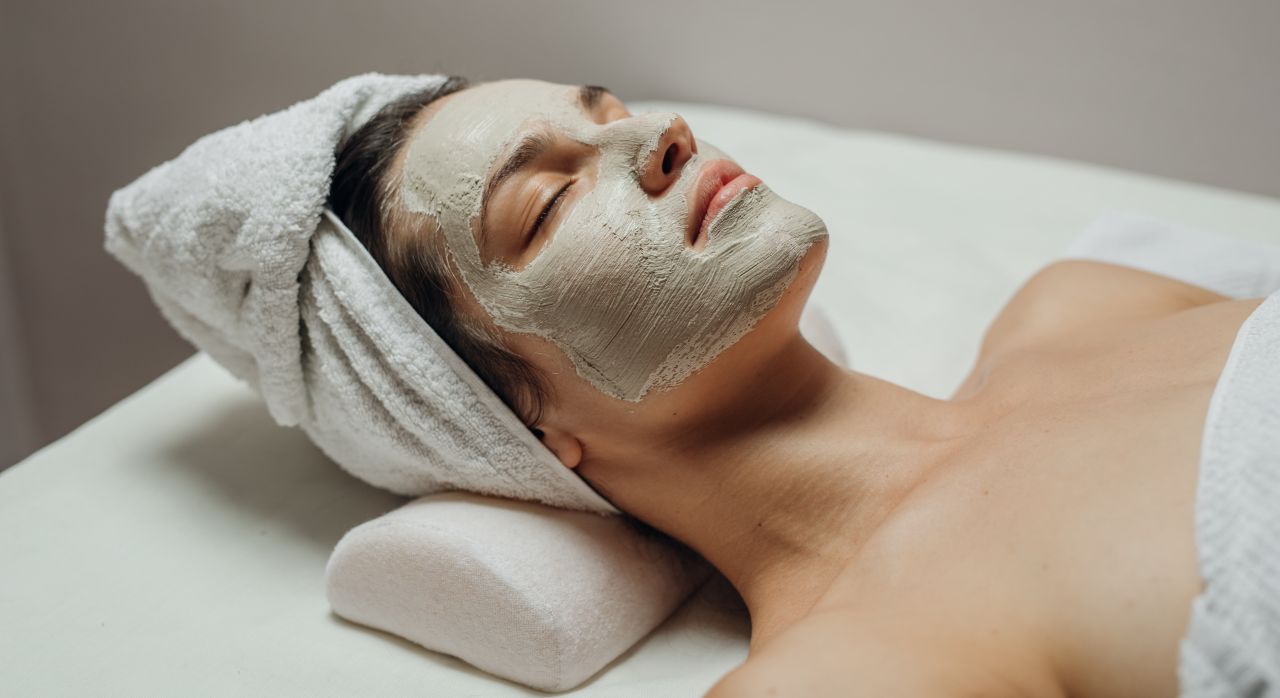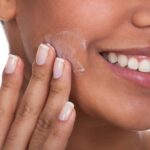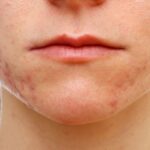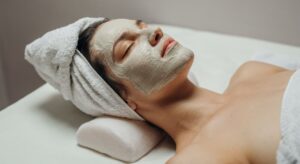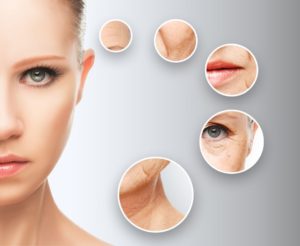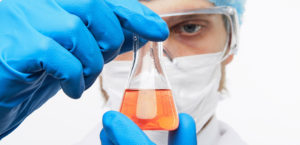Chemical peels are skin surfacing treatments that use natural acids or enzymes to exfoliate your skin and stimulate collagen production and cell growth to reveal a fresher, clear, and brighter complexion. The aftercare of chemical peel is as important as the peel itself because the process rinvolves the elimination of the upper layer of skin. As a result, the delicate and fresh cells below the surface may feel irritation, itching, and discomfort. Remember the following aftercare tips to ensure your skin heals quickly and perfectly.
-
Do Not Pick at the Skin Flakes
After 2-3 days of the chemical peel procedure, your skin will experience mild to moderate peeling. The normal shedding of the skin may itch or tempt you to pick at the skin flakes. As your skin is susceptible at this stage, it is crucial to resist the urge to pick the peel. This could potentially lead to hyperpigmentation, long-lasting blemishes, and open sores.
If you suffer from moderate peeling, you can use a lightweight and soothing moisturizer to lock in moisture, reduce redness and irritation, and eliminate discomfort after the chemical peel treatment.
-
Avoid Heat
During the initital two to three days of the chemical peel, avoiding prolonged sun exposure or other heat sources, including strenuous workouts, hot tubs, saunas, and more, is essential. If you cannot avoid the outdoors right after the chemical peel, use a broad-spectrum sunscreen with a minimum of SPF 30. It will protect you against the damaging effects of UVA and UVB rays.
-
Keep Your Skin Moisturized
You should never skip applying the moisturizer daily; using it after the chemical peel treatment becomes more critical. Since the top layer of skin has been removed by deep exfoliating chemicals, the dermal layer needs immediate moisture to heal quickly and correctly. Water-based moisturizers serve the best after this treatment. They will help lock in moisture and prevent overdrying. Hyaluronic acid, fruit oils, and shea butter are some of the soothing ingredients to consider in a moisturizer. In addition, you can treat your skin with a hydrating serum to speed up skin healing.
-
Avoid Using Soaps & Cleansers with Harsh Chemicals
Soaps and cleansers with harsh chemicals after chemical peel strips away your skin’s natural moisture, leading to a dry and flaky appearance. In addition, they can potentially leave long-lasting blemishes. Instead, use gentle cleansers free from parabens, mineral oils, synthetic dyes, and artificial fragrances. Prefer natural or organic ingredients to wash your face.
In addition, do not use warm or hot water to cleanse your face after the chemical peel. Instead, use cool water to provide a gentle and soothing burst of comfort to the skin. Finally, avoid scrubbing, rubbing, or scratching your face during the rinsing process.
The Bottom Line
After chemical peel care is vital for safe skin healing and achieving the best possible results, it is pretty simple, but you have to take it seriously. If you plan to have a chemical peel or have any questions about the process, consult James Christian Cosmetics. We have a crew of specialists who provide a complimentary skin assessment to clients and recommend an ideal peel according to the skin type and concerns of the patient.
*Information in this article is not medical advice and may not be factually accurate. It is intended for entertainment purposes only. Consult with a physician before attempting any tips in this blog post and to get the most up to date factual data about any procedure or treatment.

